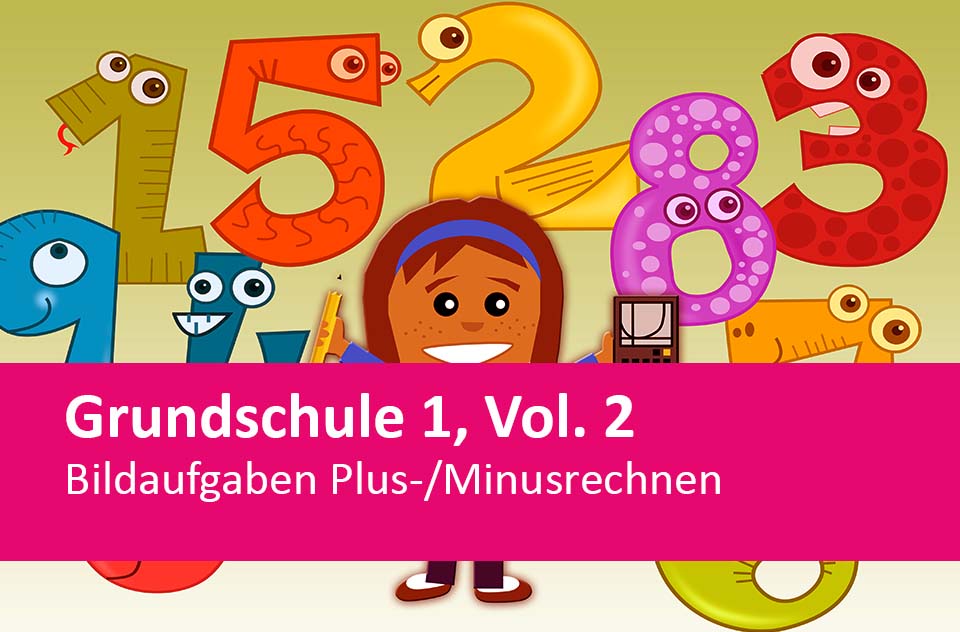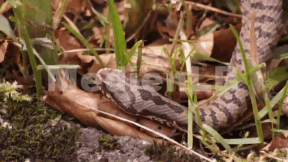

55503215
Bildaufgaben Plus-/Minusrechnen
Für den Unterrichtempfohlen
In unserem Arbeitsheft Grundschule 1, Vol. 2, Bildaufgaben Plus-/Minusrechnen finden Sie 50 interaktive und didaktisch aufbereitete Aufgaben zum Plus-/Minusrechnen im Zahlenraum 50..
Das Medium bietet H5P-Aufgaben an, die ohne zusätzliche Software verwendbar sind. Das Medium enthält 50 H5P-Aufgaben .
Durch interaktive Aufgabentypen wird das audiovisuelle und interaktive Lernen einfach.
Lernen macht jetzt Spaß!

Included Tasks
- 1. Plusrechnen mit Bildaufgaben - ZR 10 (1)
- 2. Plusrechnen mit Bildaufgaben - ZR 10 (2)
- 3. Plusrechnen mit Bildaufgaben - ZR 10 (3)
- 4. Plusrechnen mit Bildaufgaben - ZR 10 (4)
- 5. Plusrechnen mit Bildaufgaben - ZR 10 (5)
- 6. Plusrechnen mit Bildaufgaben - ZR 10 (6)
- 7. Plusrechnen mit Bildaufgaben - ZR 10 (7)
- 8. Plusrechnen mit Bildaufgaben - ZR 10 (8)
- 9. Plusrechnen mit Bildaufgaben - ZR 10 (9)
- 10. Plusrechnen mit Bildaufgaben - ZR 10 (10)
- 11. Plusrechnen mit Bildaufgaben - ZR 20 (1)
- 12. Plusrechnen mit Bildaufgaben - ZR 20 (2)
- 13. Plusrechnen mit Bildaufgaben - ZR 20 (3)
- 14. Plusrechnen mit Bildaufgaben - ZR 20 (4)
- 15. Plusrechnen mit Bildaufgaben - ZR 20 (5)
- 16. Plusrechnen mit Bildaufgaben - ZR 20 (6)
- 17. Wie geht es weiter? Plusrechnen ZR 20 - (1)
- 18. Wie geht es weiter? Plusrechnen ZR 20 - (2)
- 19. Wie geht es weiter? Plusrechnen ZR 50 - (1)
- 20. Wie geht es weiter? Plusrechnen ZR 50 - (2)
- 21. Wie geht es weiter? Plusrechnen ZR 50 - (3)
- 22. Setze die Reihe fort - ZR 10 (1)
- 23. Setze die Reihe fort - ZR 10 (2)
- 24. Nachbarzahlen ZR-10 - 10 Interaktive Aufgaben (1)
- 25. Nachbarzahlen ZR-10 - 10 Interaktive Aufgaben (2)
- 26. Minusrechnen mit Bildaufgaben - ZR 10 (1)
- 27. Minusrechnen mit Bildaufgaben - ZR 10 (2)
- 28. Minusrechnen mit Bildaufgaben - ZR 10 (3)
- 29. Minusrechnen mit Bildaufgaben - ZR 10 (4)
- 30. Minusrechnen mit Bildaufgaben - ZR 10 (5)
- 31. Plus-/Minusrechnen mit Bildaufgaben - ZR 10 (1)
- 32. Plus-/Minusrechnen mit Bildaufgaben - ZR 10 (2)
- 33. Plus-/Minusrechnen mit Bildaufgaben - ZR 10 (3)
- 34. Plus-/Minusrechnen mit Bildaufgaben - ZR 10 (4)
- 35. Plus-/Minusrechnen mit Bildaufgaben - ZR 10 (5)
- 36. Minusrechnen mit Bildaufgaben - ZR 20 (1)
- 37. Minusrechnen mit Bildaufgaben - ZR 20 (2)
- 38. Minusrechnen mit Bildaufgaben - ZR 20 (3)
- 39. Minusrechnen mit Bildaufgaben - ZR 20 (4)
- 40. Minusrechnen mit Bildaufgaben - ZR 20 (5)
- 41. Setze die Reihe fort - ZR 20 (1)
- 42. Setze die Reihe fort - ZR 20 (2)
- 43. Nachbarzahlen ZR-20 - 10 Interaktive Aufgaben (1)
- 44. Nachbarzahlen ZR-20 - 10 Interaktive Aufgaben (2)
- 45. Plus-/Minusrechnen mit Bildaufgaben - ZR 20 (1)
- 46. Plus-/Minusrechnen mit Bildaufgaben - ZR 20 (2)
- 47. Plus-/Minusrechnen mit Bildaufgaben - ZR 20 (3)
- 48. Plus-/Minusrechnen mit Bildaufgaben - ZR 20 (4)
- 49. Zehnerspiel Plusrechnen ZR 10 - Punktesammler (1)
- 50. Zehnerspiel Plus-/Minusrechnen ZR 20 - Punktesammler (2)
Curriculum-centred and oriented towards educational standards
Matching
Bean
The word bean refers to both the seeds and the pods surrounding them and often even the whole bean plant. It is not easy to get an overview of the different types of bean plants. Their variety is due to, among other things, their different origins.
Muslim Festivals
Meryem and Rabia at midday prayer with their parents. Normal daily routine for them because they belong to the almost five per cent of the German population who are of Muslim faith. They have, like most Christians, too, very special feasts, rituals and holidays. We are going to accompany them and other Muslim families on these festivals.









